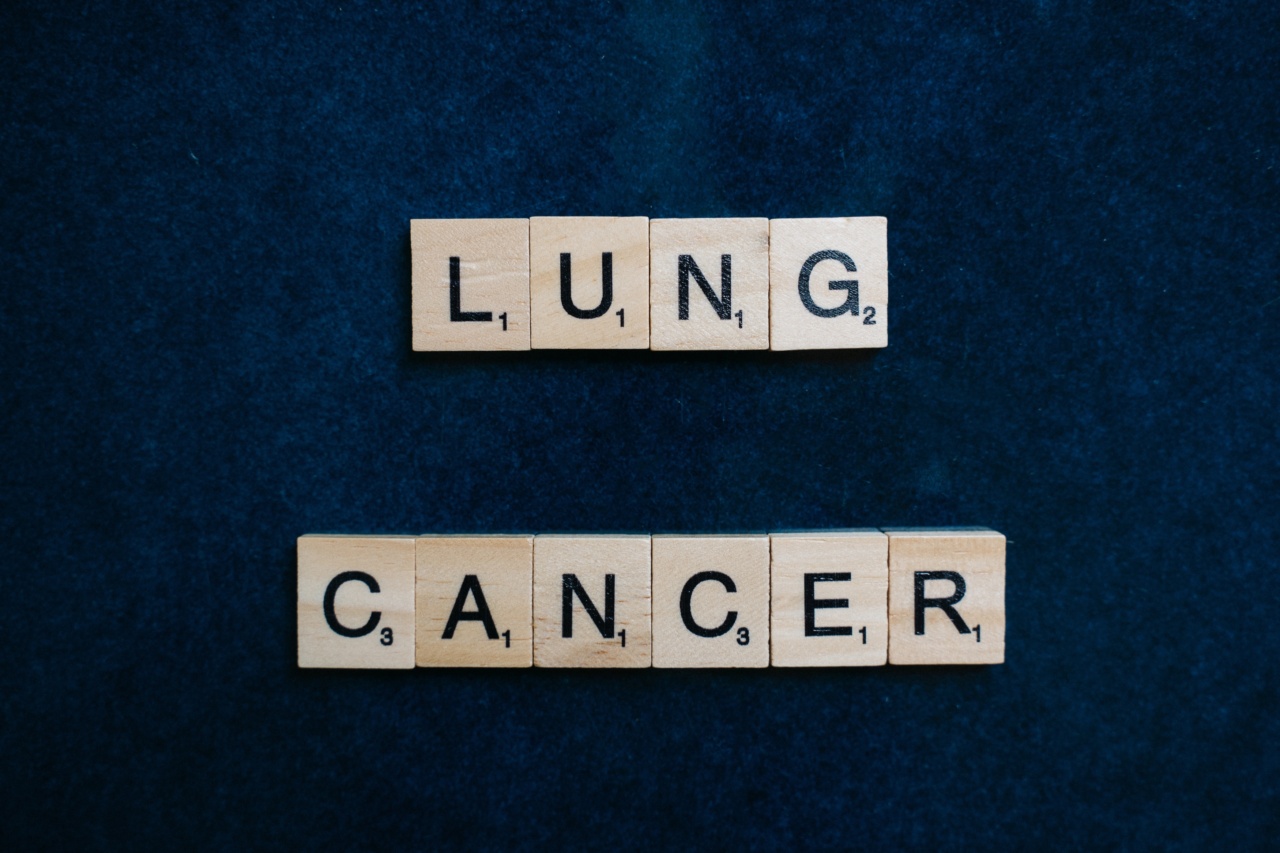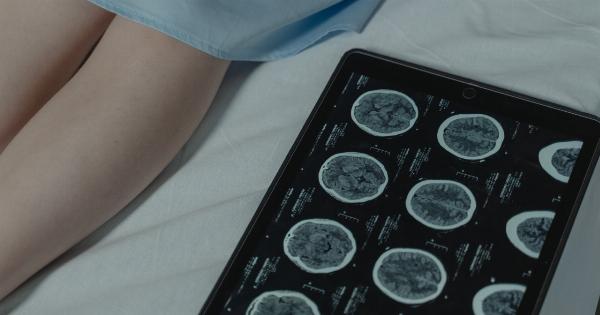Every year, lung cancer contributes to the highest number of cancer-related deaths worldwide. Early and accurate diagnosis of lung cancer can significantly improve the patient’s chances of survival.
However, traditional methods of diagnosing lung cancer, such as chest X-rays and CT scans, are highly dependent on the skill and experience of the radiologist. In recent years, computerized methods have shown great potential in improving the accuracy and efficiency of lung cancer diagnoses.
CAD Systems
One of the most promising computerized methods for improving lung cancer diagnoses is the use of computer-aided detection (CAD) systems.
CAD systems use machine learning algorithms to analyze medical images and detect potential abnormalities in the lung tissue. These abnormalities can then be flagged for further investigation by the radiologist, potentially improving their accuracy in detecting lung cancer.
Machine Learning Algorithms
Machine learning algorithms are a type of artificial intelligence that can learn from data, allowing them to become more accurate over time.
They are ideal for analyzing medical images because they can learn to identify patterns and anomalies that may be difficult for the human eye to detect. By using machine learning algorithms, CAD systems can improve the accuracy and consistency of lung cancer diagnoses.
Deep Learning
Deep learning is a subset of machine learning that uses artificial neural networks to process data.
The advantage of deep learning is that it can learn to identify complex patterns and features in medical images that may be difficult for other algorithms to detect. This makes it an ideal choice for improving lung cancer diagnoses.
Virtual Bronchoscopy
Virtual bronchoscopy is another computerized method that can be used to improve lung cancer diagnoses. Virtual bronchoscopy uses CT or MRI images to create a 3D model of the airways in the lungs.
This model can then be used to visualize any potential abnormalities or lesions that may be present in the lung tissue, helping to improve the accuracy of the diagnosis.
Computerized Tomography
Computerized tomography (CT) is a type of diagnostic imaging that uses X-rays and computer technology to create detailed images of the inside of the body.
CT scans can be used to detect and diagnose lung cancer, as well as monitor the progression of the disease over time. In recent years, advancements in CT technology have improved the accuracy and speed of lung cancer diagnoses.
PET-CT Imaging
Positron emission tomography (PET) and computed tomography (CT) imaging can be combined to create PET-CT scans. PET-CT scans can be used to detect and diagnose lung cancer, as well as monitor the effectiveness of cancer treatment.
The combination of PET and CT improves the accuracy of the diagnosis by providing more detailed images of the lung tissue.
Artificial Intelligence
Artificial intelligence (AI) is a rapidly growing field in healthcare, with many potential applications for improving lung cancer diagnoses.
AI systems can be used to analyze large amounts of medical data, identifying patterns and trends that may be difficult for humans to detect. This can lead to more accurate and efficient diagnoses of lung cancer, ultimately improving patient outcomes.
Conclusion
Computerized methods have shown great potential in improving the accuracy and efficiency of lung cancer diagnoses.
CAD systems, machine learning algorithms, deep learning, virtual bronchoscopy, computerized tomography, PET-CT imaging, and artificial intelligence are all examples of computerized methods that can be used to improve lung cancer diagnoses. As technology continues to advance, we can expect these methods to become even more effective, ultimately improving patient outcomes and reducing the burden of lung cancer worldwide.



























